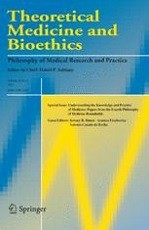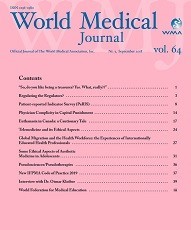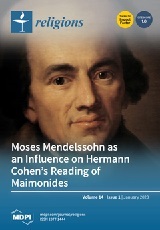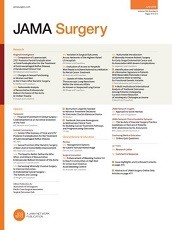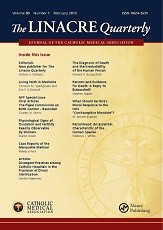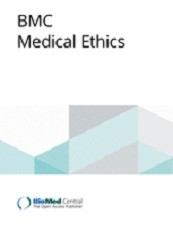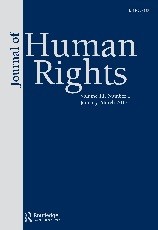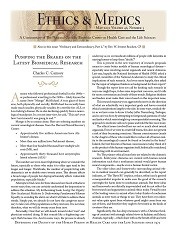Marion Verkade, Julie Karsten, Frans Koenraadt, Frans Schalkwijk
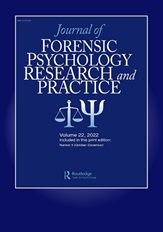
Abstract
Conscience can be defined as a dynamic psychological function that regulates our behavior and identity through self-reflection, in an interplay of the constituent functions empathy, self-conscious emotions, and moral reasoning. Functions that are self-contained influences, but which together form the conscience. Compared to non-offenders, offenders have been reported to exhibit lower levels of these aspects . This study aims to provide a more dynamic understanding of how these aspects of conscience interact and constitute its functioning. Contrary to our expectation, network analysis (N = 281) revealed no significant differences in the structure or density of conscience networks between offenders (n = 123) and non-offenders (n = 158). Results of regression analyses suggest that conscience depends strongly on the development of self, on decentralization from self-centeredness to a broadened perspective, and more on capacities for affective than cognitive empathy. Cognitive distortions appeared not to be predictive of lower levels of guilt or shame. Failure of one of the constituent aspects appears to negatively affect the functioning of conscience as a whole. Diagnosing conscience functioning must therefore be aimed at all of those aspects in order to enable targeted interventions.
Verkade M, Karsten J, Koenraadt F, Schalkwijk F. Conscience and its interrelated constituent aspects: A network and regression analysis in offenders and non-offenders, J Forensic Psychology Research and Practice. 2024; 24(4): 47-499
